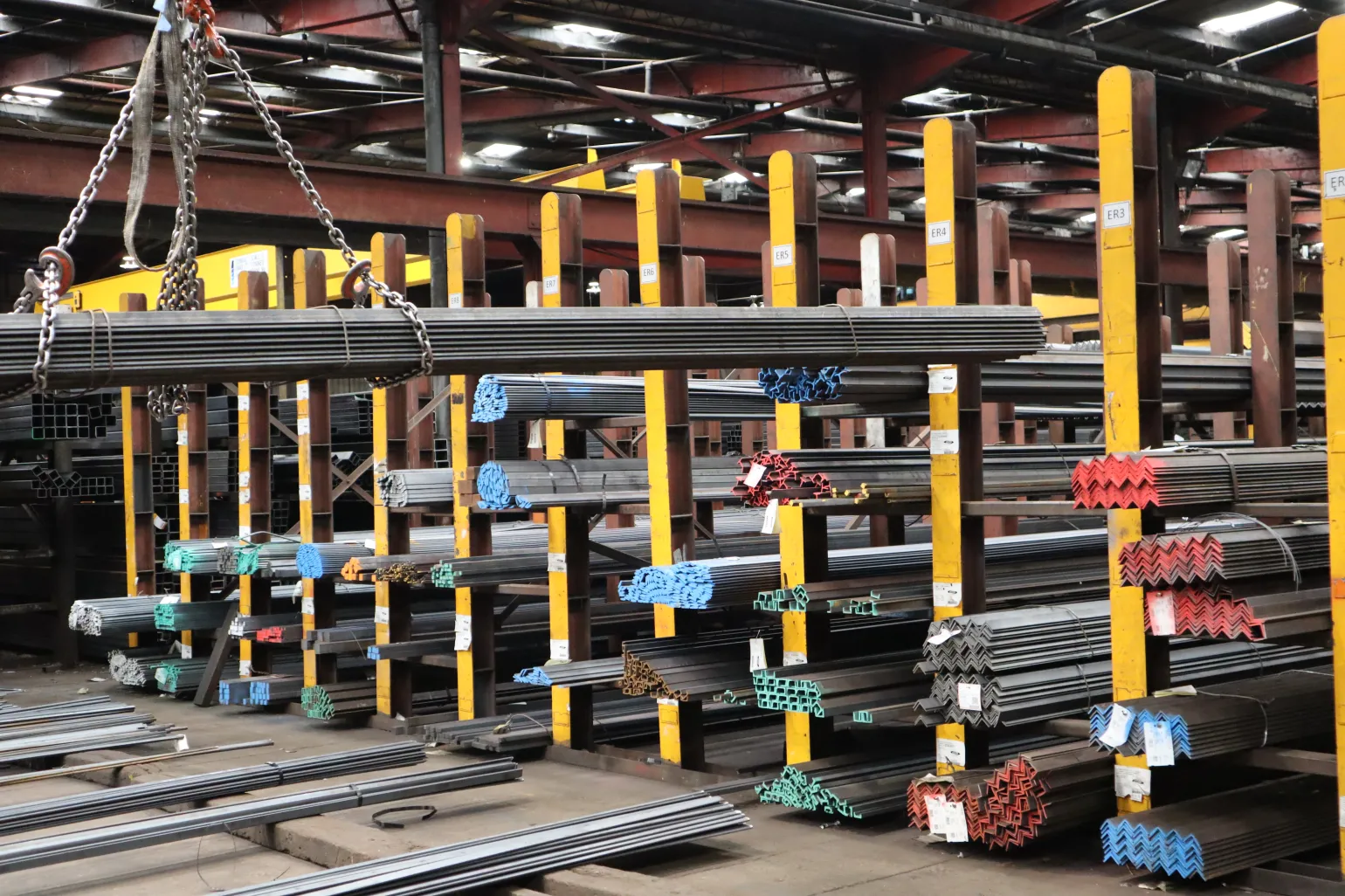The Importance of Steel Section Shapes & Bars in Structural Design
While not always obvious to most observers, the geometric design of steel section shapes and bars used in construction plays an important role. Usually named according to their cross-section shape profile, these sections are identified in steel design and construction codes around the world.
Take a closer look at the different types of structural steel shapes and learn more about their importance in structural design. If you’re in the market for high quality steel, you will find everything you need at IMS.
Structural steel shapes
The wide variety of structural steel shapes means architects, construction companies, and builders have numerous options when looking to support building and design. Steel section shapes play a vital role in ensuring buildings are safe and durable by allowing for the correct distribution of pressures and load weights. IMS offers a wide variety of structural sections, such as:




















